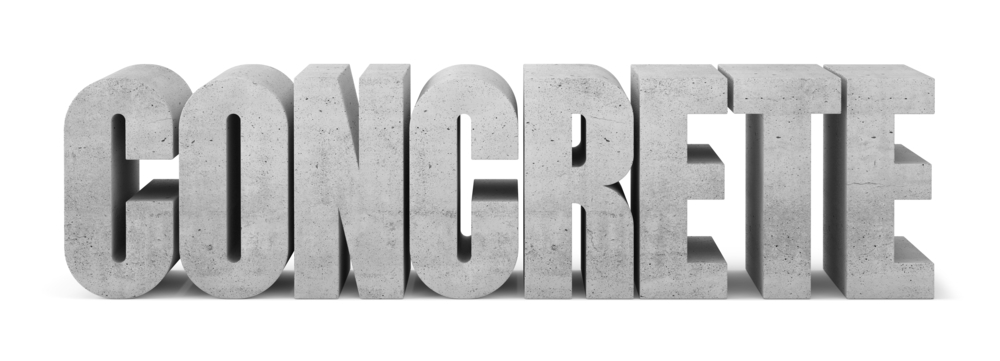
Your message probably is not concrete enough
Too many companies’ messages use abstract words that don’t paint a picture in customers’ minds. The problem is: abstract messages fall flat with customers.
For example, a service rep might say, “We’re shipping your order.” Or “We’re shipping your pants.” Or “We’re shipping your new black Levi’s jeans.”
Guess which message resonates best with customers? Of course, it’s the most concrete message, the one that helps you visualize your new black Levi’s jeans. Abstract messages are less effective.
Using more concrete language boosts customers’ purchase intentions up to 12% and purchases by 13% to 30%, writes Richard Shotton.
That’s one example of how concrete words ensure that your message gets remembered — and acted upon.
Concrete language captures attention
“Concrete language has a host of beneficial consequences. It holds people’s attention, encourages support, and drives desired action,” writes Jonah Berger in his book Magic Words: What to Say to Get Your Way. Here’s a review and summary of Magic Words.
Berger is a marketing professor at the Wharton School of the University of Pennsylvania. He’s the author of several books, including the bestseller Contagious.
Choosing concrete words makes your message much more powerful. Why? Because people:
- Recognize concrete words faster
- Find concrete words easier to understand
- Remember concrete words better.
You get these reactions with a concrete message because of what happens inside human brains. By painting word pictures with your message, you activate two semantic networks – a response that neuroscientists “dual coding.”
Dual coding boosts people’s ability to understand, comprehend, and recall your message.

You can use sensory words to “dual code” your message. Refer to the five senses of sight, sound, touch, smell, and taste to make your message even stickier.
For example:
- His new vacation house is so secluded, the loudest sound is bird songs.
- Our new engine is so powerful, it’s a breeze to pass any car on the highway.
- The asparagus at the farmer’s market is bright green and smells fresh. It snaps with a crisp pop like it was picked just this morning.
Concrete language prompts customers to spend more
A customer service rep processing your order might say about your shipment, “We’re sending it there,” “We’re sending it to your place,” or “It’ll be on your doorstep tomorrow morning.”
Now, you may be picturing a package at your front door.

Concrete words show customers you listen
Using concrete language in customer service interactions shows customers that you’ve really listened to them. That’s how concrete language measurably increases customer satisfaction.
Berger analyzed the use of concrete words in customer service interactions like the examples above.
He found that “using concrete language significantly increased customer satisfaction. When customer service agents used more concrete language, customers were more satisfied with the interaction and thought the agent had been more helpful.”
Analyzing almost 1,000 email interactions with different retailers showed similar effects. “When employees used more concrete language, customers spent 30% more with the retailer in the following weeks. Talk may seem cheap, but this time it more than paid off.”
Since every human wants to be heard, concrete language works better. Why? Because concrete language makes it crystal-clear to customers that they have been listened to.
“For someone to feel heard, three things have to happen. First, they have to feel like the other person paid attention to what they said. Second, they have to feel like the other person understood what they said. And third, the other person has to demonstrate that they listened,” Berger writes.
Concrete words benefit your brand
Linguistic concreteness makes your customers and prospects feel heard. That’s why it’s such a good idea for your brand’s message.
For a deeper look at the impact of concrete language on buyers, see the Journal of Consumer Research article, “How Concrete Language Shapes Customer Satisfaction” by Grant Packard and Jonah Berger.
This blog, “Your message probably is not concrete enough,” is the last in a five-part series on effective messages, which also includes:
- Your message is probably not compelling
- Your message is probably not concise
- Your message is probably unclear to someone in your audience
- Your message is probably inconsistent
To make sure your message is clear, concise, consistent, concrete, and compelling, read my blog What Is a Message Map?
Related Posts
Why You Need to Keep Marketing Messages Simple
What your marketing messages can gain from 3 usability ideas Recently I read a great little e-book on usability called The Ten Commandments of UI Design....
Are you in pitch deck purgatory?
The pitch deck: The 8-10 slides that must tell your organization’s story in a crisp, clear, compelling way. The deck many marketers painstakingly create,...
Your message is probably not compelling
Does your audience buy into your message – emotionally? Do people find your message compelling enough to recall and act on at decision time?...
9 Lessons Content Marketing Can Learn from News Media
My career started in radio and newspapers, so I still bring a news viewpoint to content marketing. Here are 9 lessons learned working in...





